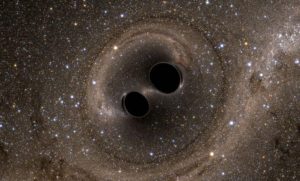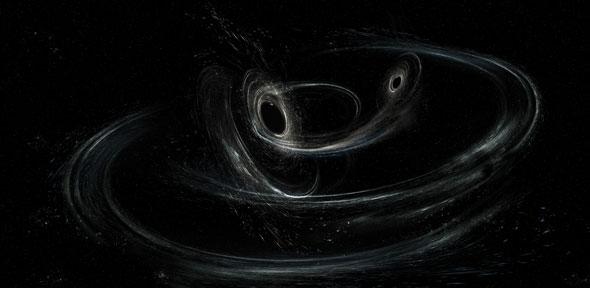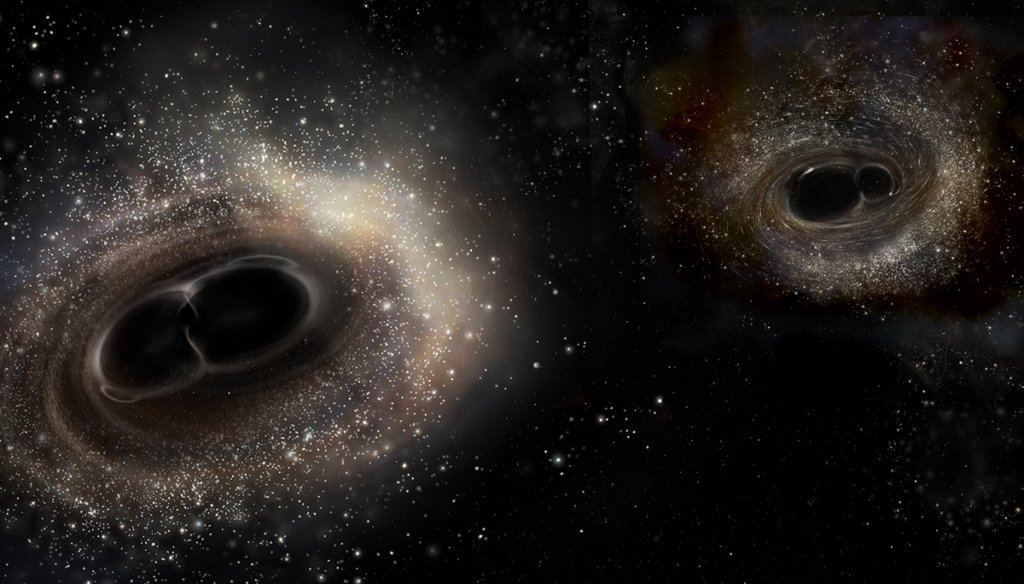
Indian Scientists Now Became The First Ever To Discover Two Closest-Ever Super-Massive Black Holes
The diverse aspects of space like Asteroids, Black holes and comets are always been some of the important ever topics that can be discussed. Starting with Stephen Hawking’s science has uprooted various advancements in the study of space.

Coming to the recent updates, to everyone’s surprise, two Pune-based scientists are involved in the discovery of two closest-ever black holes, in a super-massive binary black hole system, which is assumed to be about 400 million light-years away from Earth.
According to the sources, this is the closest known such system in the universe till date.
These recent Blackholes are supermassive in size and are located in the spiral galaxy NGC 7674, and are separated by a distance less than one light year. Science says that such supermassive black holes are rare as only one has been spotted so far, about 24 light years apart.

The discovery of two black holes only a light year apart holds importance as it provides more evidence that supermassive black holes collide in galaxies, and are the source of gravitational waves.
This intriguing study was led by Preeti Kharb from the National Centre for Radio Astrophysics (NCRA) of the Tata Institute of Fundamental Research (TIFR) in Pune and co-authored by Dharam Vir Lal, also at NCRA-TIFR and David Merritt at Rochester Institute of Technology in the US.
Laser Interferometer Gravitational-Wave Observatory (LIGO) has later confirmed the news and it further claimed that the existence of binary black holes is roughly 10 times the mass of the sun. A class of smaller black holes form when massive stars explode as supernovae.

Earlier in 2015 using the Laser Interferometer Gravitational-wave Observatory a collision of stellar mass black holes led to the landmark discovery of gravitational waves. The black holes were approximately 29 and 36 times the mass of the sun and collided 1.3 billion light-years away.
Talking about the same, Merritt said,”A supermassive binary generates gravitational waves with much lower frequency than the characteristic frequency of stellar-mass binaries and its signal is undetectable by LIGO.”
And, to simulate a highly sensitive detector, the researchers used a method to make radio telescopes around the world work together as a single large telescope and achieve a resolution roughly 10 million times the angular resolution of the human eye.
Merritt then added, “Using very long baseline interferometry techniques, two compact sources of radio emission were detected at the center of NGC 7674; the two radio sources have properties that are known to be associated with massive black holes that are accreting gas, implying the presence of two black holes.”
Meanwhile, the galaxy hosting the binary supermassive black hole loudly emits radio waves. The detection confirms a theory predicting the presence of a compact binary in radio galaxies bearing a “Z” shape. Concluding about the research, Merritt said, “This morphology is thought to result from the combined effects of the galaxy merger followed by the formation of the massive binary.”
Related Article: Scientists Believe That Stars Can Let Comets Strike Earth